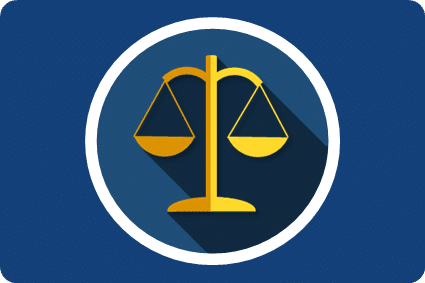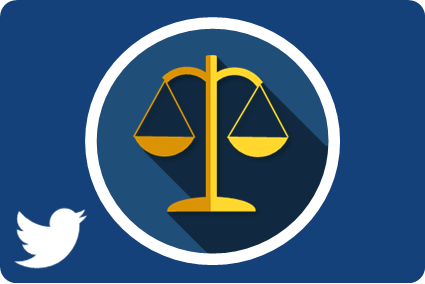IFRS 16 Leases: Definition of a Lease for New Lease Accounting Standard
Updated 26th May 2021 | 4 min read Published 4th February 2016


One of the most talked about aspects of the new global lease accounting standards is the revised definition of a lease, in particular, how leases differentiate from service agreements.
The recently published IFRS 16 Leases for IFRS users and the soon to be published FASB ASC 842 for US GAAP users will require practically all lease agreements to be represented on a company's balance sheet and recognise a right of use asset and lease liability. This will effectively remove operating leases as we know them and they will no longer be kept off balance sheet, bringing an estimated $2.8 trillion worth of lease commitments to financial statements globally.
In IFRS 16, the IASB has agreed that the definition of a lease is as follows:
|
|
A lease is defined as a contract that conveys to the customer the right to use an asset for a period of time in exchange for consideration. |
Although there is minimal change from the current definition of a lease stated in IAS 17, there has been a shift in focus, moving away from the risks and rewards model and towards a definition based on control. Under IFRS 16, leases will be recognised on a straight line basis and the difference between operating lease or finance lease will no longer impact the leases presentation on financial statements. However, as service elements within a contract will not be affected by the change in lease accounting regulation and do not need recognition on a lessee’s balance sheet, there arose the necessity to give clear guidelines between what constitutes a lease.
As one of the IASB's leading motivations for the a reform in lease accounting was the fact that about 85% of global lease commitements do not appear on balance sheet and therefore do not reflect the "economic reality" of a company's finances, it is no surprise that they have focused on providing clear, unambiguous guidelines for the definition of a lease.
Unlike a service, in a lease contract, it is the customer who controls the asset exclusively. This means that the customer has the right to obtain substantially all of the economic benefits that occur as the result of using the asset within the duration of the contractual term. In a service contract, it is the supplier who has the majority control of the asset, however, under a lease contract, the customer has the ability to change how and for what purpose the asset is used whilst under contract. In order to provide further clarity to the definition of a lease as opposed to a service, the IASB have included detail on the main differences between the two contract types.
|
|
A lease exists when a customer controls the right to use an identified item, which is when the customer:
|
The differences between the two contracts may seem self-explanatory, but confusion can occur when a contract contains both a lease and a service element, for example, lease agreements that include maintenance or security services. In these types of agreements, lessee would need to separate the amounts for the lease and the service components using available information and only recognise the amounts that relate to the lease on balance sheet.
A lessee can elect not to separate the service components from the lease and instead account for the entire contract as a lease, but it is expected that entities will only choose this option if the service components of contracts are small.
As part of the transition to the new accounting standards, businesses will need to gather and review their active leases. Companies should look at their current contracts and identify what elements they include as well as other areas of potential cost savings and optimisation. This process should not be underestimated and the leading accounting boards are encouraging companies to begin their preparations as soon as they can to make sure they meet the implementation deadlines.
"Even with simplifications there will be a lot of work to be done leading up to 2019. The sheer volume of contracts involved and the significance of the impact on the financial statements make it essential to plan early. Some businesses may wish to review contracts before the transition, possibly amending them. There will be much work ahead."
Veronica Poole, Global IFRS Leader and UK Head of Accounting at Deloitte
Many businesses are turning to lease management and accounting software to help them centralise, automate and optimise the process and run the required comparative reports. If you are concerned about the changes to lease accounting and how your business can prepare for the upcoming implementation, you can read our article on how best to prepare for compliance here.
Alternatively, you can call Innervision’s leasing experts to find our more on how lease management software as a service (SaaS) platforms can help ease this transition on +44 (0)20 7283 9422
Share this Blog?








